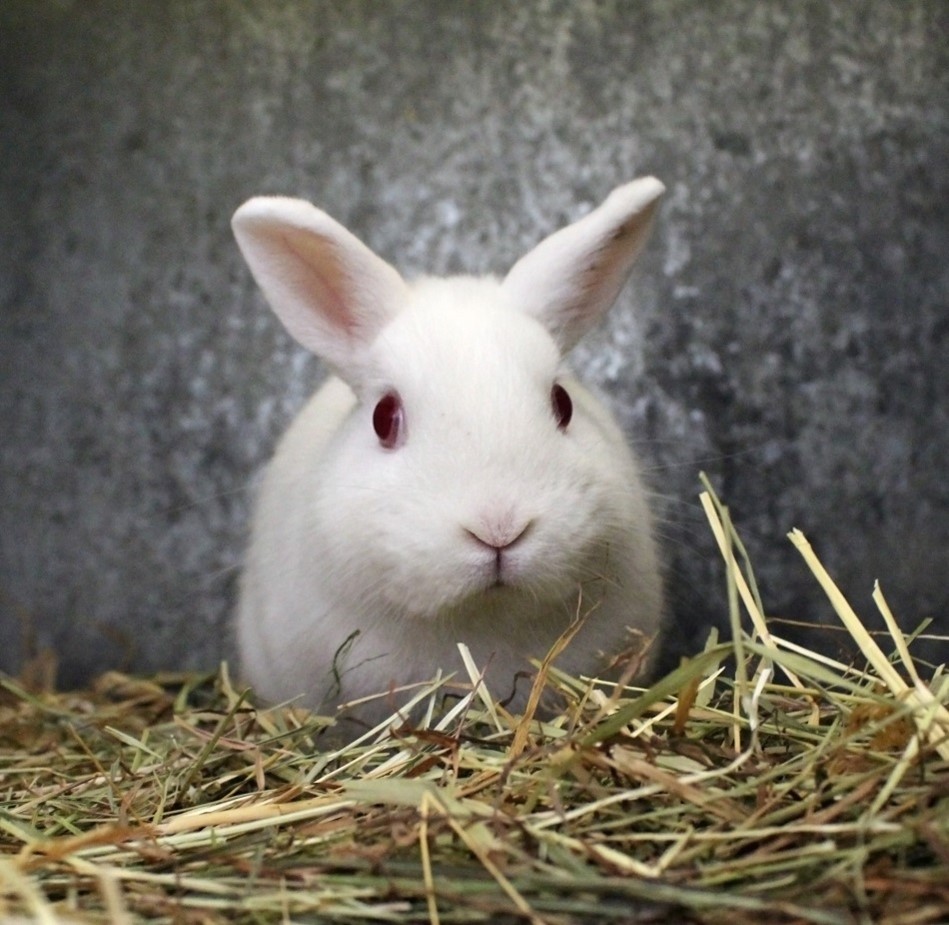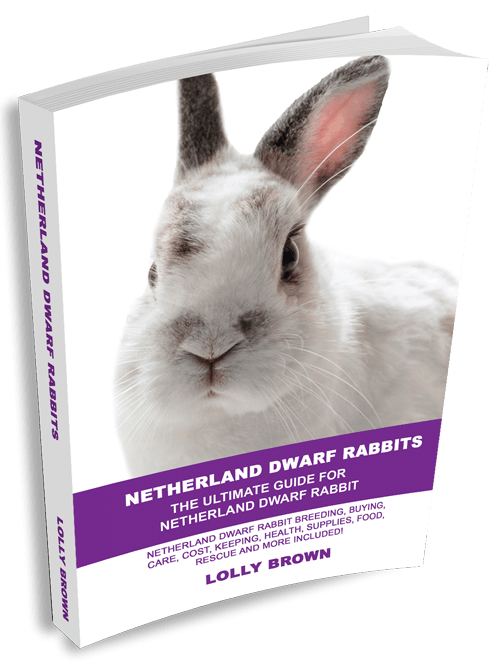CHAPTERS
Navigate to chapter
► Chapter One: Netherland Dwarf Rabbit in Focus
► Chapter Two: Netherland Dwarf Requirements
► Chapter Three: Purchasing Your Netherland Dwarf Rabbit
► Chapter Four: Caring for Your Netherland Dwarf Rabbit
► Chapter Five: Meeting Your Rabbit’s Nutritional Needs
► Chapter Six: Breeding Your Netherland Dwarf Rabbit
► Chapter Seven: Grooming Your Netherland Dwarf Rabbit
► Chapter Eight: Showing Netherland Dwarf Rabbits
Chapter One: Netherland Dwarf Rabbit in Focus

Netherland dwarf rabbits may often time look like your suspicious parents, your curious friend, your energetic pal, your playful sibling or that very adorable kid you always wanted. In whatever attitude or mood it appeals, you can expect it to be timid yet clever, and a caring devoted pet you’ve always dreamed of.
The Netherland dwarf rabbit is a breed of rabbit that is eligible for shows. They are irresistibly cute but it may not be the right choice for everyone. Before you decide whether or not it might be the right pet for you and your family, you need to learn and invest a significant amount of time in getting to know these animals.
In this chapter you will receive an introduction to the Netherland dwarf rabbit breed including some basic facts and information as well as the history of how it came about. This information, in combination with the practical information about keeping Netherland dwarf rabbit in the next chapter, will help you decide if this is the perfect rabbit companion for you.
Facts about Netherland Dwarf Rabbits
In this section you’ll find some interesting fun facts about Netherland dwarf rabbits, how to differentiate them through their body type, the types of their mane and history.
Netherland dwarf rabbits are small rabbits that have a rounded compact body with short and rounded legs. They like to be around people and have a knack for a good time but don’t let their cuteness fool you, these rabbits are also known for being nervous and afraid compared to other rabbit breeds, and if it feels threatened it may cause aggression, which is why it is advisable that owners should socialize them at an early age.
These rabbits have small rounded heads with curved profile and erect ears. They have a soft short coat and the most common colors for the Netherland dwarf breed are White, Black, Blue, Fox, Sable Marten, Chocolate, Lilac, Tortoiseshell, Agouti, Chestnut, Siamese Sable, Siamese Smoke Pearl, Sable Point, Fawn, Steel, Himalayan, Broken Pattern Opal, Lynx, Chinchilla, Squirrel, Tan, Smoke Pearl Marten, Silver Marten, Otter and Orange.
As mentioned earlier Netherland dwarf rabbits are eligible for shows, they are qualified for a rabbit show and it is recognized by the British Rabbit Council (BRC), and the American Rabbit Breeders Association (ARBA) as well as the American Netherland Dwarf Rabbit Council (ANDRC).
The Netherland dwarf rabbit is a very playful, intelligent, friendly creature and a highly trainable breed, this breed also have wide variety of colors and patterns created by breeders and rabbit enthusiasts. Netherland dwarf rabbits are also fond of chewing like any other pets, and they love climbing! They can even respond to their name which makes them great house pets much like cats and dogs; the only difference is that these rabbits can be quite aggressive compare to other breeds. They are quite known to be grumpy and have a spunky attitude which is what also makes them unique. They cherish people with whom they form very strong bonds with as well.
Proper socialization and training from a young age will help prevent the rabbit from being aggressive to people. Netherland dwarfs do very well as family pets and they can also be good with children – although may not be recommended for very young children.
The Netherland dwarf is a Ring size X that has a well-rounded body. This breed weigh an average of 1 ½ to 2 ½ pounds. They also have bold and bright eyes of varying colors – usually red or black.
Like any other pets, rabbits also have a great deal of energy and needs daily exercise to work off that energy through the toys that you can provide. It can adapt to almost any kind of environment, they are generally curious yet controllable indoors as long as they get enough mental and physical stimulation during the day and has proper house training as well as litter training.
The average lifespan for the Netherland dwarf breed is between 7 and 12 years; the breed is not that healthy. Like many rabbits, however, the Netherland dwarf is prone to health issues such as Urine Burn, Pasteurellosis, Pneumonia, E. Cuniculi, Ringworm, Hepatic and Intestinal Coccidiosis, Abscesses and Calcivirus which will be tackled in the next few chapters later on in this book. In terms of grooming, the
Netherland dwarf rabbits need to be brushed and groomed at least once or twice a week in order to keep their coat and skin healthy, a daily brushing may be required for some.
This section will give you an idea on what kind of body type your Netherland dwarf rabbit may have and how you can distinguish it from other kinds of breed. Aside from the ear type, you can also differentiate a rabbit through the type of its fur.
Here are the general body types and shapes of rabbit breeds according to the ARBA:
Full Arch
These rabbits have an arched back that starts at the nape of the neck, arching to the tail.
Semi-Arch (or Mandolin)
These rabbits have an arched back that starts behind the shoulders and arches to the tail.
Compact
These rabbits are lighter and shorter in length than meat rabbits, usually kept for show or kept as pets. Netherland dwarf rabbits have a compact body type.
Cylindrical
These rabbits have a long, thin, rounded body with small bones and a long, slender head.
Continue Reading…
Want to read the entire thing?

